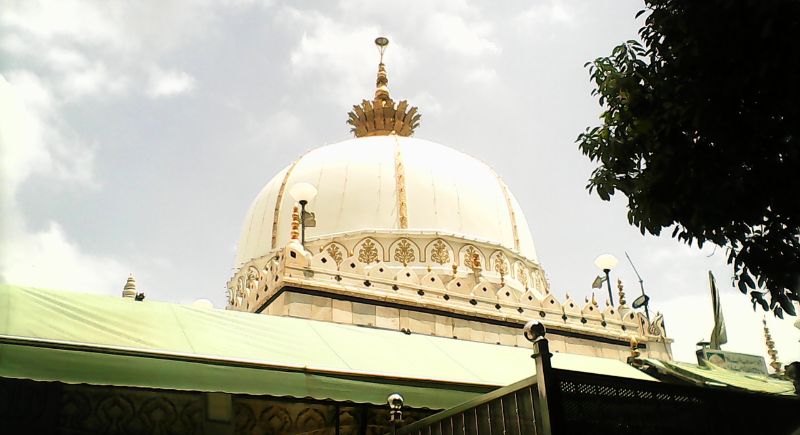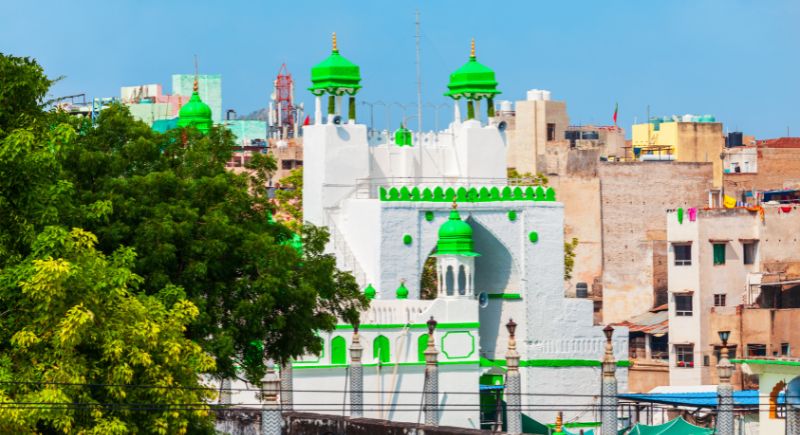When you plan a trip to Rajasthan, you may plan to visit lively cities like Jaipur, Udaipur, or Jodhpur. It is important to include an option to go to the gorgeous towns of Ajmer. When you hear Ajmer and the Ajmer Sharif Dargah, it is likely to pop into your mind. The name itself suggests that the Dargah has Islamic significance. It was erected in memory of Khwaja Moinuddin Chisti. It is usually a Sufi shrine, and a crowd of worshippers come to it to feel spiritual peace. Learn what you can about Ajmer Sharif Dargah.
About Ajmer Sharif Dargah

Ajmer Sharif Dargah Sufi saint Khwaja Moinuddin Chisti’s burial place. It is believed to be one of the most holy places on earth by Muslims. If you visit the Dargah, then you will surely be awed by the different hymns that Sufi saints sing. It is interesting to note that Ajmer Sharif Dargah was built during the reign of the Mughal Empire by the ruler Humayun. Khwaja Moinuddin Chisti, a saint of the Mughal Empire, was a pious saint who devoted his life to helping the less fortunate. The motivation behind his doing this was to teach people about the importance of giving selflessly. The philosophies that Khwaja Moinuddin Chisti taught have become so famous that many people are thronging the Dargah to visit his grave.
History of the Dargah
Architecture of the Ajmer Sharif Dargah

Ajmer Sharif Dargah was erected during the Mughal rule and reflects what is typical of the Mughal architectural style. There are a variety of courtyards and structures, such as the Jama Masjid, Buland Darwaza, and Nizam Gate in Dargah. Once you are inside the Dargah, you will be taken through the grand Buland Darwaza, the grandest entrance. Its tomb, which is named after Khwaja Moinuddin Chisti, speaks volumes about the splendor of Mughal architecture. The tomb is in a dome-shaped chamber, surrounded by silver-colored railings. The walls and pillars surrounding it are made of marble, which gives a unique look to the area.
Celebrations at Ajmer Sharif Dargah
How to Reach Ajmer Sharif
By Air:
By Train:
By Road:
Best Time to Visit
Practical tips
- While there isn't a formal dress code to be observed, modest attire is appropriate for visiting the Dargah.
- This is an area for worship, and you'll be expected to respect the religious and spiritual quotient.
- Ajmer Sharif stands as a beacon of spiritual harmony and devotion, drawing pilgrims and visitors from around the world. Its serene atmosphere, rich history, and the revered Dargah of Khwaja Moinuddin Chishti create an unforgettable experience. Whether you're seeking spiritual solace, exploring the architectural marvels, or simply soaking in the city's vibrant culture, Ajmer Sharif offers a profound and enriching journey.



















